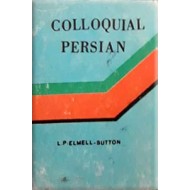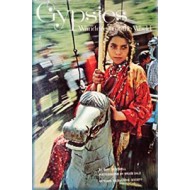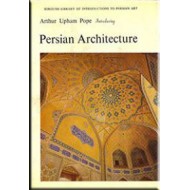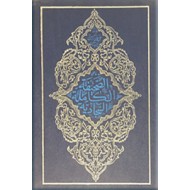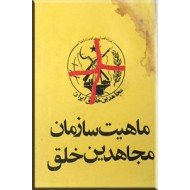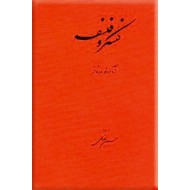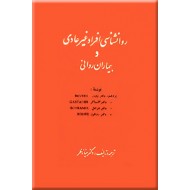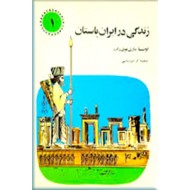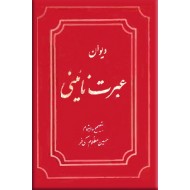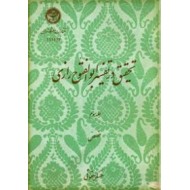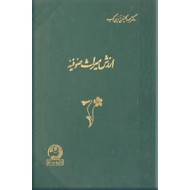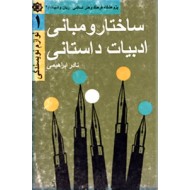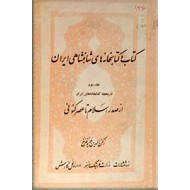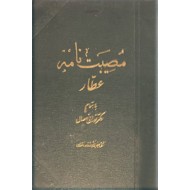





- موجودی: درحال حاضر موجود نمی باشد
- مدل: 180518 - 83/1
- وزن: 1.00kg
Iran's Contribution To The World Civilization
نویسنده: A. H. Nayer Nouri
ناشر: General Dept. of Publications
زبان کتاب: انگلیسی
تعداد صفحه: 244
اندازه کتاب: وزیری - سال انتشار: 1969 - دوره چاپ: 1
کمیاب - کیفیت : درحد نو _ نو ؛ واجد تصویر خاندان سلطنتی
مروری بر کتاب
مصور - تمام گلاسه
مشارکت ایران در تمدن جهانی
همه علمای باستانشناسی و مردم شناسی هم زبان و هم رایند که تمدن از منطقه خاوریانه سرچشمه میگیرد و در این امر ایران ما سهم عمده ای دارد. فلات ایران که شمال قسمتی از ترکستان، افغانستان و قفقاز و قسمتی از ترکیه و عراق امروز است در واقع، در شروع و آغاز تمدن بیش از هر نقطه ای دیگر از جهان دخیل بوده است، وقتی دریابیم که قبل از کشف دنیای جدید یعنی قاره آمریکا مرکز جهان در ایران بوده به اهمیت این امر بیشتر پی میبریم...
Today's civilization is the product of the genius and contributions of many nations. Some nations lived for a span of time, contributed to the world and vanished completely from the face of the earth. Others stopped making any new offerings after a period of time, while some started very early and still continue contributing to the modem civilization.
Iran has helped the development of agriculture in two ways: first by controlling the forces of nature and domesticating animals and plants existing in the wild state in the plateau, and secondly by inventing ways and means of procuring water and diverting it to the places where it was needed. According to Professor Ernest Hertzfeld and Sir Arthur Keith, the Caspians i.e. the original inhabitants of the plateau of Iran, were the original agriculturists and that their knowledge of agriculture spread from the Caspian plateau to the three adjoining alluvial plains which later became the site of early urban civilizations. This theory was later corroborated by later excavations in Iran. The oldest human settlement to be identified on the plain is at Siyalk near the city of Kashan, south of Tehran.
Among the tools used by these early settlers, that were all of stone, one could distinguish flint knife-blades and sickle-blades. Per Professor Girshman, stockbreeding and cultivation of land followed, and in the fourth millennium B.C. man already used the plough and was cultivating wheat and barley. Charred grains found at the excavated Neolithic village of Geoy Tepe (tappeh) near Lake Oroomieh in the northwestern part of Iran prove that wheat must have been grown there more than 5000 years ago.
According to the Journal of British Institute of Iranian Studies, Volume III published in 1965 in Iran, two very beautifully proportioned silver spoons were found in 1964 in Iran belonging to the second half of the 5th century B.C. One spoon has a duck or swan's head handle. The other, a zoomorphic handle ending in a cloven hoof. The same publication noted that among Achaemenian works of art, other spoons or ladles terminating in swan's handles had been recovered.
Also according to Byzantine and Christian sources, the Iranian nobility in Sassanian times, had special knives to serve fruit with, and used gold forks and spoons and special gold cups at their dinner tables.


